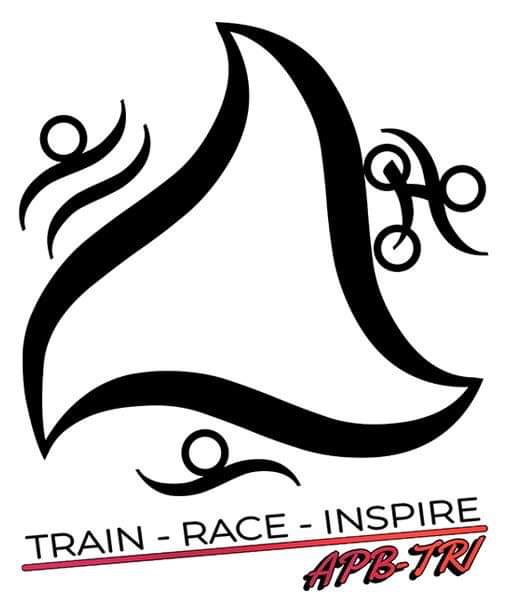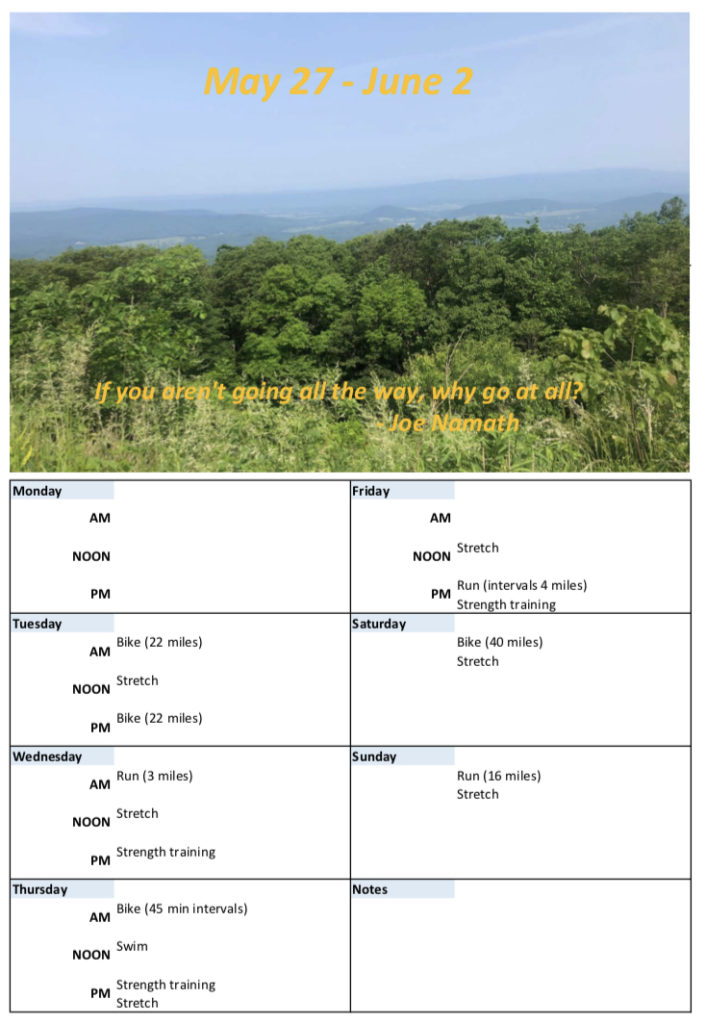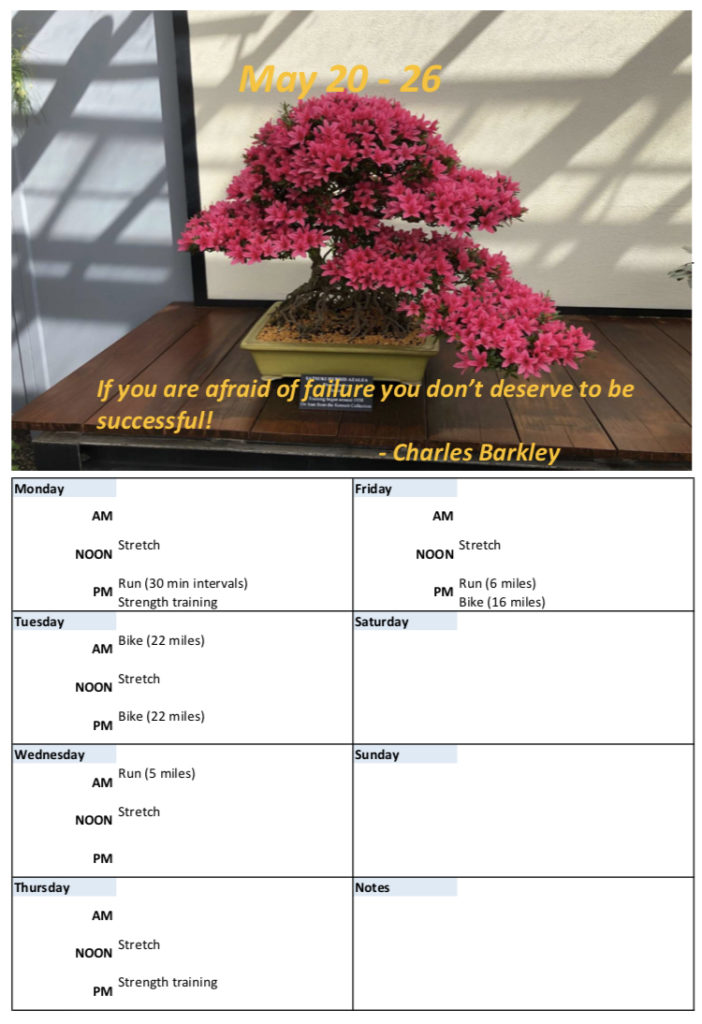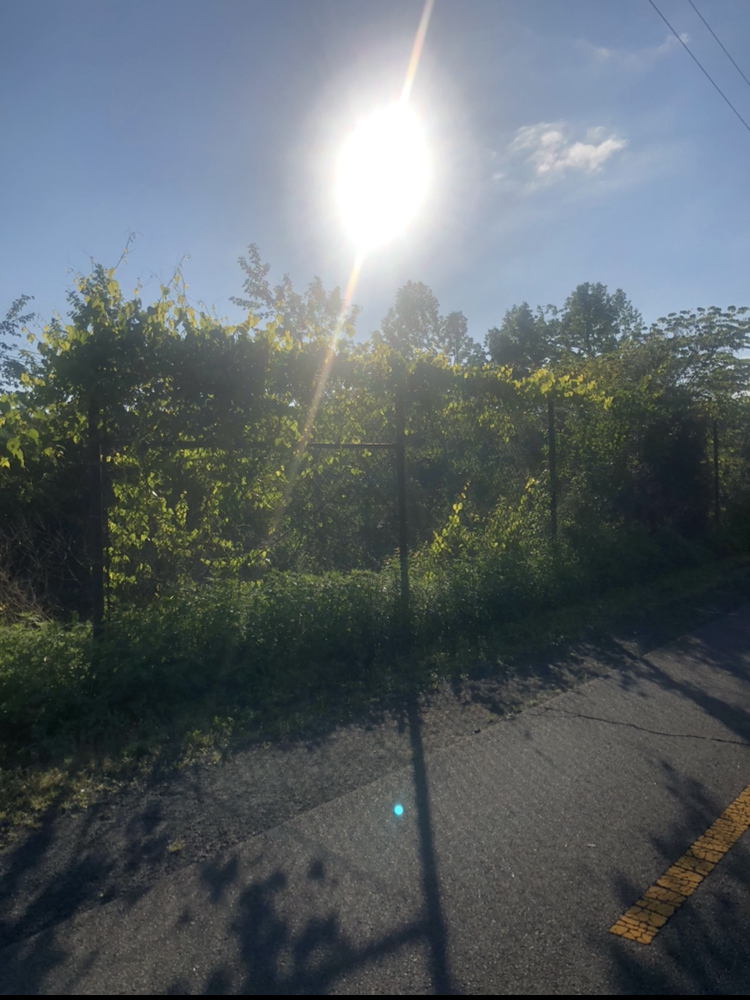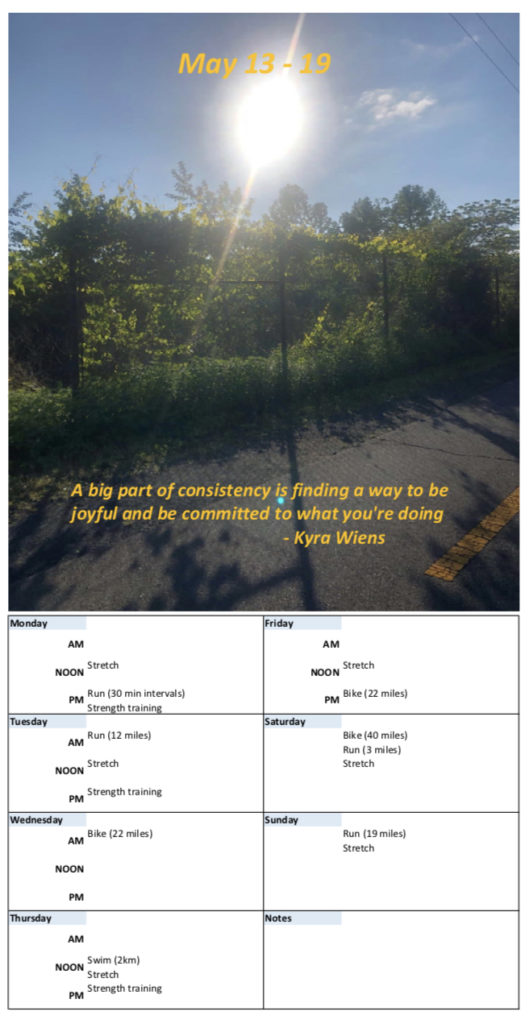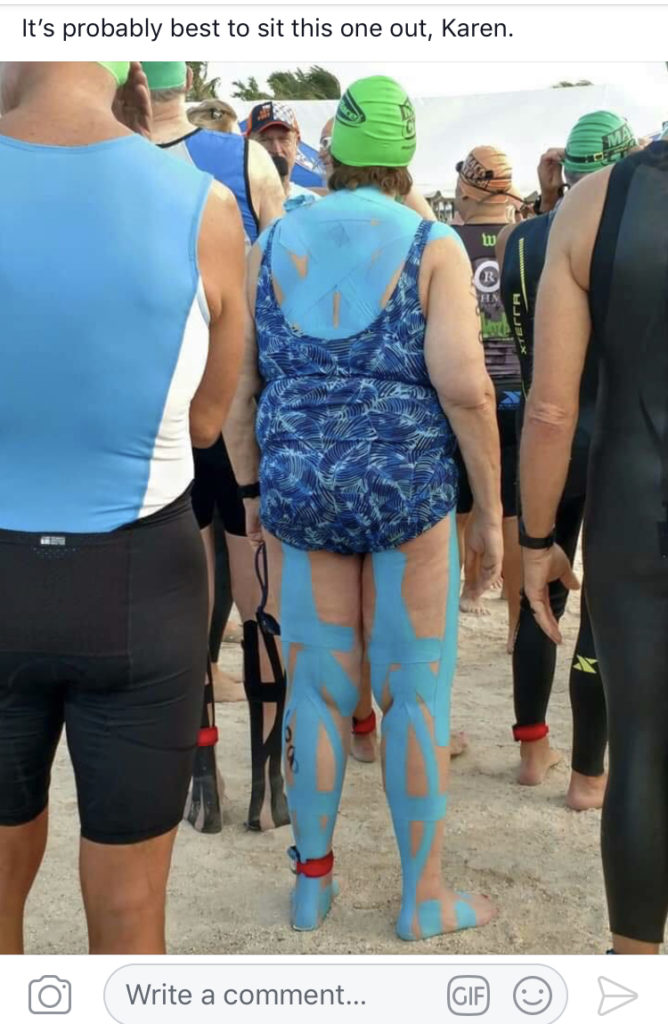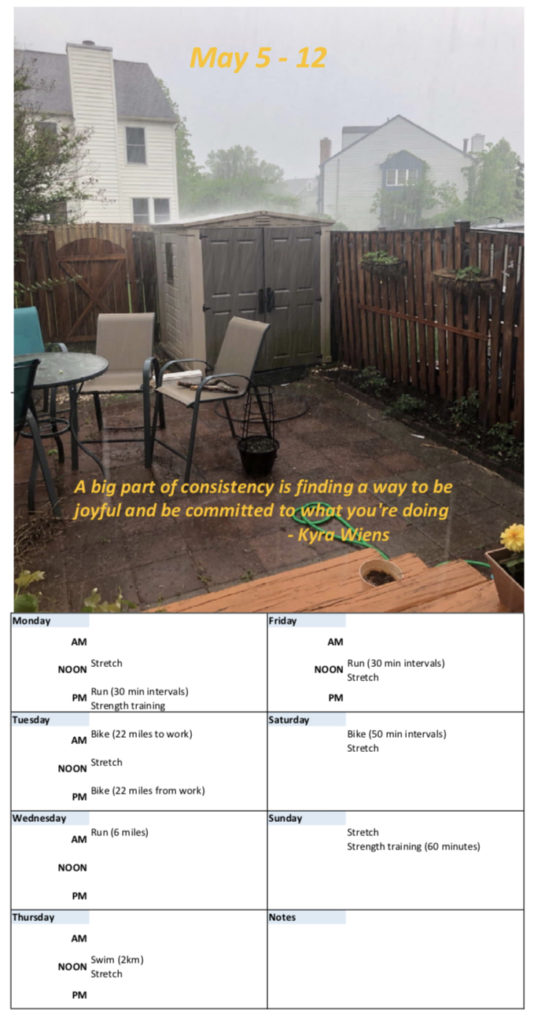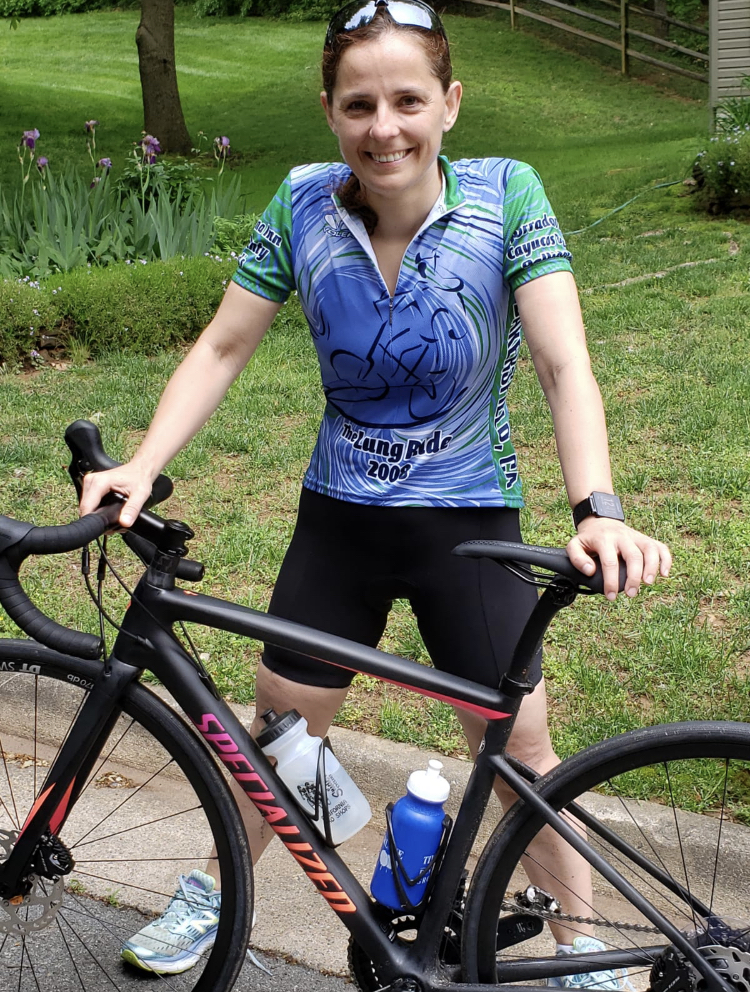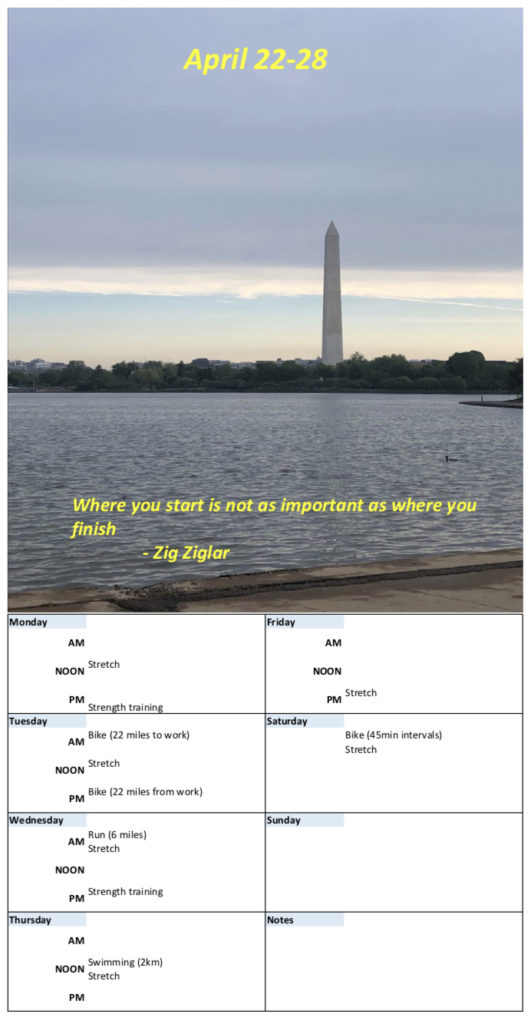I am horribly slow at biking on hills. Like in: I swear that turtle I passed on the flat just passed me on a hill slow. And yes, I absolutely hate them. Unfortunately, unless you bike only on the indoor trainer, you will encounter some hills sooner or later. I also took a look at the bike course on Ironman Gdynia and here is what I saw:

Clearly, there will be hills out there for me to conquer (although I am grateful for the descent on the last few miles). That initial ascent made me obsessed with thoughts of biking on hills and improving, so I did some research on the subject and here is what I found out.
Technique for climbing
There was lot of articles out there regarding how to attack a hill. One of my favorites was ‘think light’. It sounded a lot like ‘think thin’ 😆. But ok, I can probably do that.
I saw quite a few arguments on whether you should be sitting or standing on the bike and the bottom line appears to be that it’s personal preference. I actually have one thing to add to this argument based on personal experience: when you are peddling very hard on an uphill for long time, it may start hurting your lower back. Standing up for a minute relieves that tension and helps with the pain. Having said that, I hate standing up on a bike, but after a while, I have to stretch my back out.
Another interesting point I saw and decided I will take under advisement: top off fluids and food before you start climbing. I agree that it’s hard to reach for your bottle when you are fighting a hill and sometimes, you may not have extra energy to divert to eating and drinking while climbing. Also: in the event it makes you stop, getting started on an uphill is hard. It’s better to avoid it.
Losing weight
Yes, everybody will tell you that ascents are easier if you are lighter. However, this piece of advice is only sort of helpful in my opinion. First off, not everybody has much weight to lose. Personally, I have been gaining muscle weight as fast as I have been losing fat and I don’t even have that much fat to lose to begin with – at my height, it’s really easy to change percentage significantly without changing number of pounds significantly. Second: it doesn’t really make you stronger. It just makes the ascents easier because you are carrying less weight. Which brings me to the key issue I have with this piece of advice when it comes to my prep for Ironman 70.3 Gdynia: ascent is in the beginning, which means I will be still carrying all the weight associated with carb loading for the race. So yes, I will work on losing some pounds, but I need more ideas on how to actually improve my fitness.
Riding on hills
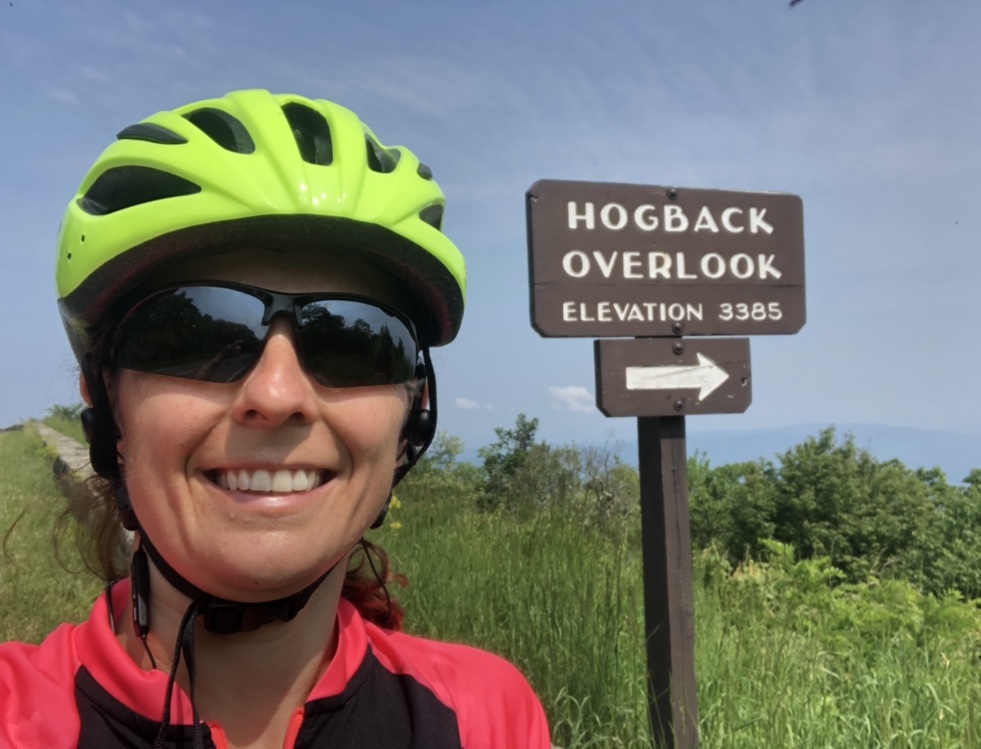
Practice makes perfect 😆. Not quite what I had in mind, but it’s hard to argue against this: if you want to get better at riding on hills, you need to ride on hills. As you can see from the picture above, I started doing that. However, it’s a bit of a drive from my house and I can only do it once every two weeks. Not all of us have easy access to serious hills. We do what we can and then we look for additional ideas on other training.
Indoor trainer
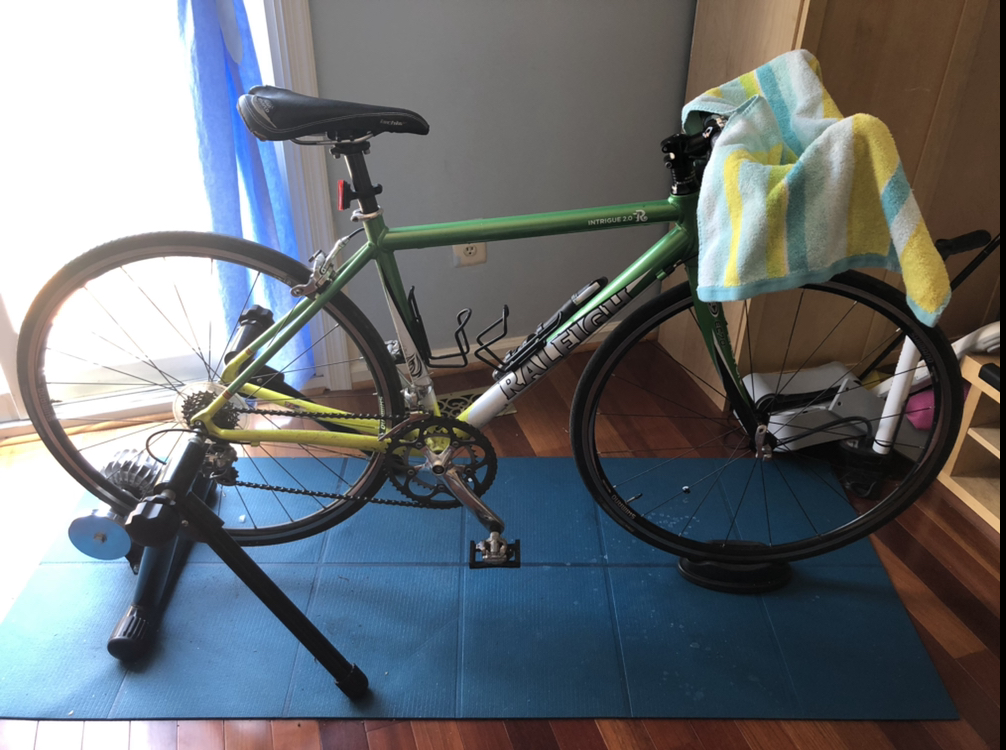
Not exactly glamorous, but easily accessible to most… There is also a stationary bike at a gym (or home – I know people who have Peloton or other stuff like that). So luckily for me, I got some advice from my trainer, Diana and read online advice on how to use an indoor trainer to get stronger on hills. I guess it’s like with treadmill: it won’t replace the road, but there are uses for it. There was a couple of training drills that got my attention.
Simulating an incline
You can shift into harder gear and tighten the setup (or whatever makes it harder to pedal on your bike) and ride like that. Interesting piece of advice I saw somewhere along the way: if you are pretending you are riding uphill, raise your front wheel. It impacts your positioning on the bike and can change how you use your muscle. I have to admit that I wouldn’t have ever thought about it, but once I saw it, I thought ‘duh!’ So this is another way of practicing riding on hills: just create one at home
Intervals
I can already hear the groans… I doubt there are many fans of intervals out there. We are used to the speed intervals, where you go all out for predetermined amount of time or distance and then you slow down, just to repeat it shortly thereafter. Climb intervals aren’t that different. You repeat alternating high intensity periods with regular riding. Except in this case, the intervals come from shifting into more difficult gears. It’s a good workout, believe me – I took to doing it as part of my interval sessions (the other part is speed intervals). I am not quite sure yet if it has worked for me, but let’s just say that I haven’t given up and walked on any hills yet this season (it has happened in the past).
Single leg peddling
It’s exactly what it sounds like and it’s taking advantage of the fact that you won’t crash on an indoor trainer. You clip only one leg in at a time and peddle for several revolutions and then switch legs. It helps you build up muscle and work on your technique. I will be testing this tomorrow, so wish me luck…
Strength workouts
This is what I was looking for! Actual strength exercises I could do, so I wouldn’t embarrass myself on a bike. Somehow I am less self-conscious about this stuff at the gym than on a bike path. Or it may be my competitive side: I hate when people pass me on the bike path and working out at the gym allows me to improve without seeing people pass me. Either way, here are some exercises for my quads and abductors Diana gave me during our last session when I asked how to get stronger:
